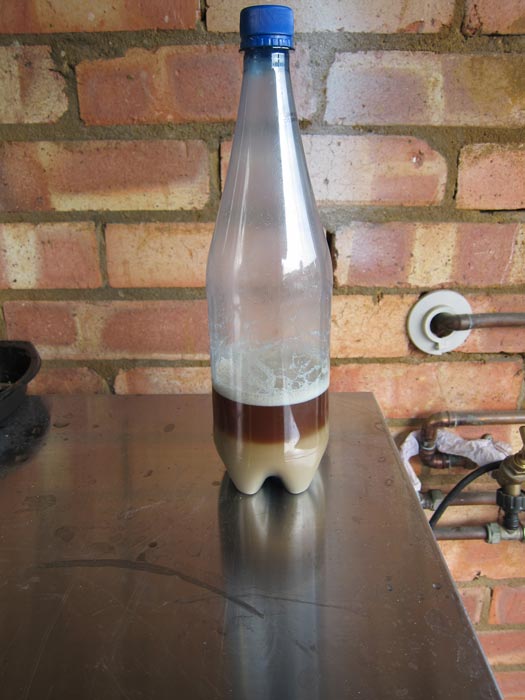beer taster
Well-Known Member
I brewed over the weekend using Nottingham yeast but had an issue with the starter.
I hydrated the yeast in 100ml of warm water then 15 mins later added approx 250ml of cooled wort. The resulting liquid was initially a milky colour, (which normally happens when I use Nottingham) but after a short while the liquid seem to separate.
Can anyone explain why my yeast starter looked like this :wha: ?

I hydrated the yeast in 100ml of warm water then 15 mins later added approx 250ml of cooled wort. The resulting liquid was initially a milky colour, (which normally happens when I use Nottingham) but after a short while the liquid seem to separate.
Can anyone explain why my yeast starter looked like this :wha: ?








































